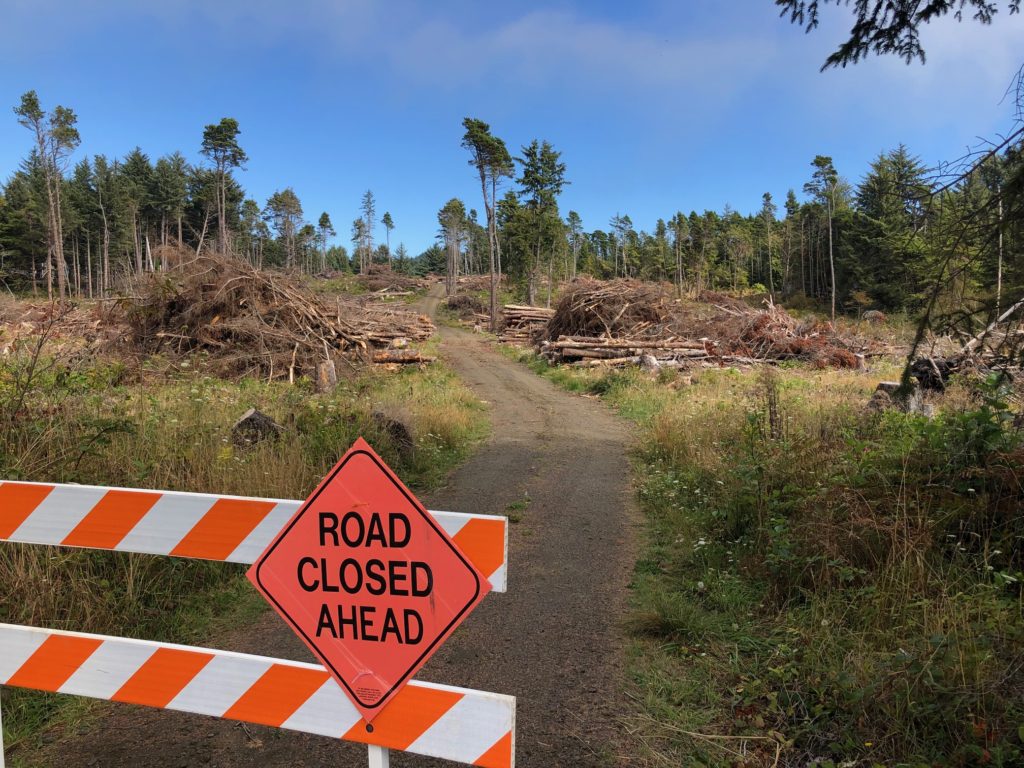
By QUINTON SMITH/YachatsNews.com
Juanita and Brett Bovee of Sacramento want an ocean-view house. So do Fred and JoAnne Rentze of Springfield.
The Rentze’s have their house underway and the Bovee’s their land prepped and ready to go on the west side of U.S. Highway 101 between Yachats and Waldport.
Casey Jones of Pleasant Hill has cleared trees on 15 acres on the east side of Highway 101 with plans to develop it. David Whitaker of Scotts Mills has carved out a one-acre site nearby where he wants to create a small RV park for family members and relatives.
Whether one person can build and another can’t depends on one thing – septic systems – in an area with no available municipal sewer system.
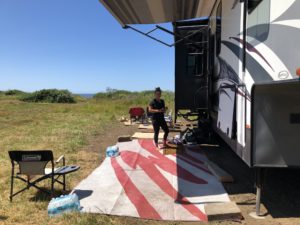
The Bovees and Rentze have approval for septic systems; Jones and Whitaker do not. Yet.
It’s easy to notice the spate of land clearing and building this year along Highway 101 between Yachats and Waldport during a white-hot real estate market. The Southwest Lincoln County Water People’s Utility District has had 25 service connection requests so far this year, more than double its yearly average the past four years.
Whether anything is actually built on the land between Yachats and Waldport along Highway 101 depends on the ability of the generally low-lying land to handle wastewater from any structure. Because of that, the likelihood of any new, intense development is remote.
In many, many cases the property cannot get septic approval, often to the surprise of people who purchased the land thinking they can simply build on it.
“When you see all this property and it’s undeveloped — it’s because it can’t get septic,” said Onno Husing, the head of Lincoln County’s planning department. “It’s the only thing that’s keeping all this property from being developed.”
But that hasn’t kept people from trying.
“The amount of people frantically trying to find developable lots in Lincoln County is astonishing,” Husing said. “But we constantly have people buy property and then can’t develop it because it can’t get septic. They’re devastated.”
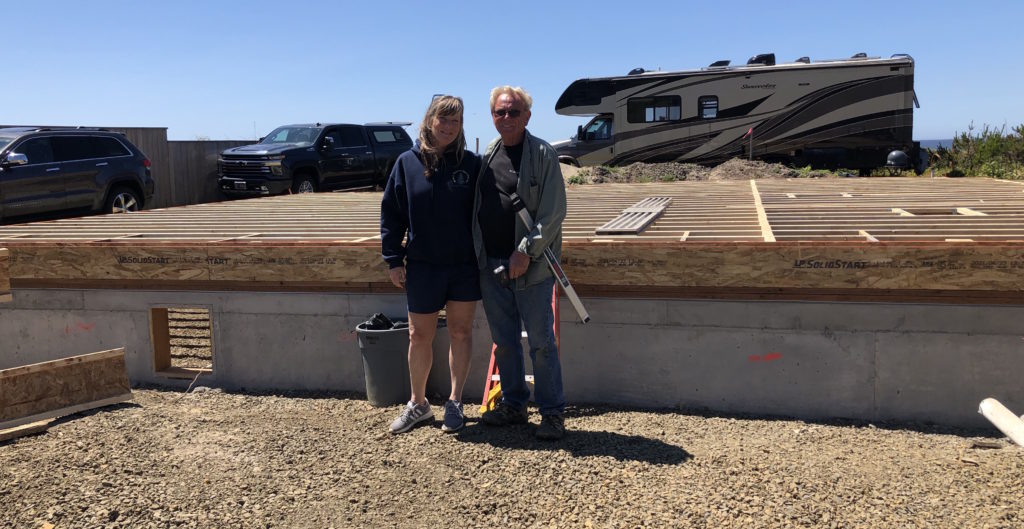
Geology and geography
It all has to do with the land, of course.
Go a half-mile or mile east of Highway 101 and you encounter rolling, forested hills of mostly second-growth trees.
But west of there to Highway 101 is a former Spruce forest that was extensively logged in the early 1900s. Spruce thrives in low, wet land.
And that’s what remains today.
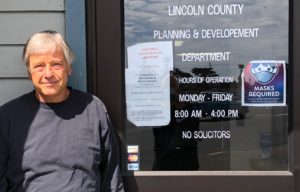
“It’s the geology and the geography,” Husing says. “The type of soil and low water tables between Waldport and Yachats are horrible for septics.”
More than 100 years ago – before there were bridges and there was just a single-lane county road — the San Marine and Fisterra areas just north of Yachats were surveyed and platted into hundreds of residential lots. The idea was that someday the area would become a city.
It never happened, of course, as Waldport grew at the mouth of the Alsea River and Yachats at the mouth of the Yachats River.
But the small lots remained and some people were able to build homes over the years.
That changed in the 1970s, when the Oregon Legislature – and then counties – approved land-use laws were designed to protect agriculture and timber land and concentrate most residential growth within cities. The small, residential parcels allowed decades ago between Yachats and Waldport would be difficult to create these days, especially when the vast majority of Lincoln County is zoned for forest use.
Lincoln County does not allow a zone change from agriculture or forest use to residential use if a septic system cannot work on the property, Husing said.
“The whole point of Oregon’s land use plan is to prevent this kind of development outside of urban growth boundaries,” he said. “We don’t want the small parcels in that area (the so-called ‘state street’ area) because it creates these tiny, little parcels that you can’t develop.”
But people looking for property see it zoned as residential and think they can automatically build a house.
Not necessarily, says Husing.
“Just because it may be zoned residential, it still needs septic,” he says.
Septic approval can be difficult
Getting septic approval isn’t impossible in the area, just tough. And what approval the property owner finally gets may call for a much-more expensive “advanced” treatment system that is usually twice the cost of a standard $15,000 septic system.
If there is enough room, some property owners haul in better soils to create a septic drain field 3-4 feet above ground level to help a standard or advanced septic system work.
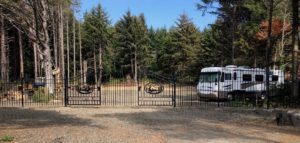
That’s what Whitaker hopes to do on his property to set up a small RV park. But Whitaker needs a conditional use permit from the county and permission by the Oregon Department of Transportation to access Highway 101 – both of which he does not have, according to Husing and county records.
What has been developed so far on the property is in violation of county code, said Husing.
Brian Crawford, the planning department’s septic system specialist, said Whitaker dug test holes for a “perk test” at the rear of his property last year. They quickly filled with water and the county denied a septic application. Crawford now says Whitaker wants to build up soil at east edge of the property to separate a potential septic system with the groundwater.
Crawford said the county will monitor the tests through the winter “to see if water comes up again.”
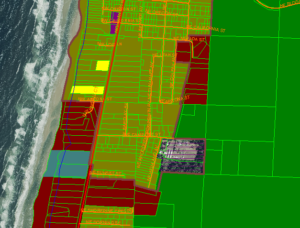
“The process isn’t cheap,” Crawford said “… and sometimes it doesn’t work.”
Jones has mostly cleared but not removed the logs on his 15-acre parcel east of Highway 101 at Knoxville Street. He filed logging permits with the Oregon Department of Forestry saying he intends to develop the property – and therefore does not have to replant it. But Crawford said it will be difficult – but possible — to get septic approval on the sloping land, depending how it is divided into parcels.
“The lowest part is very marshy,” he said. “Is it going to be difficult to put septic in there? Yes.”
David Swan of Portland is trying to sell three parcels totaling five acres on the east side of Highway 101 near Idaho Street. Swan, a retired engineer, has spent five years painstakingly cleaning up underbrush and some trees during his visits to the area – and puts up “For sale by owner” signs” when he’s there.
But he’s already solved his septic issues by installing raised drain fields for the three parcels, which range in price from $95,000 to $195,000.
“It takes some forethought when you open the ground,” he said. “But the lots are ready to go.”
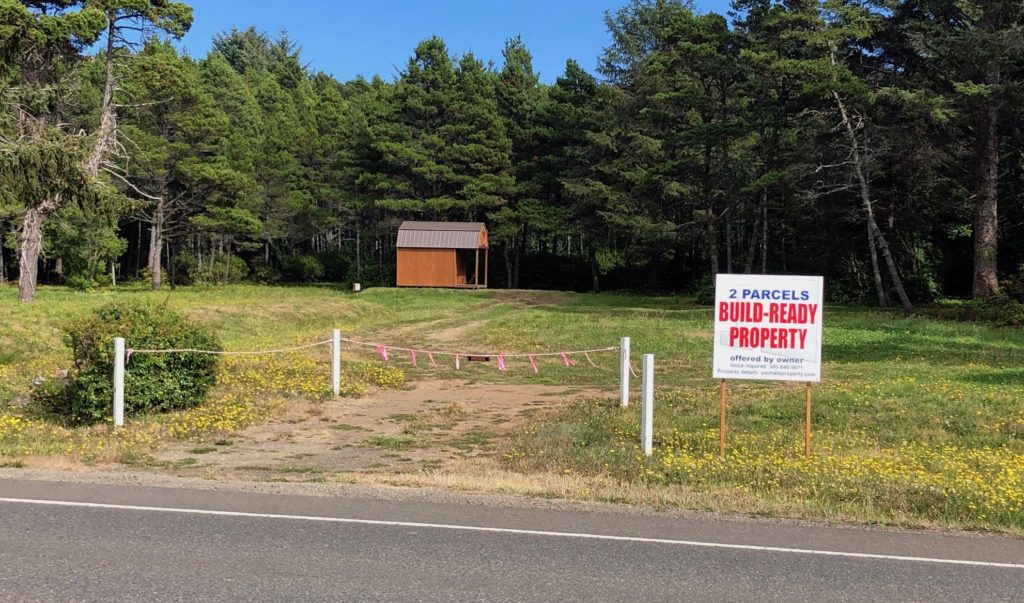
Due diligence
John Odell of Northport, Wash. bought three acres of land on the east side of Highway 101 in April. Since then he’s visited once a month to slowly clear a small roadway to the rear of the property where he hopes someday to build a house.
“I’d been looking for nine years,” he said. “It’ll take me a long time to get the property ready, but it’s a place to start. I like Yachats and the beach.”
There’s another similar 3-acre lot just to the north of Odell’s land, now on the market by Taylor & Taylor Realtors of Lincoln City, just to the north of a recently developed one-lane access road to another three-acre parcel.
Husing and Crawford both urge that would-be buyers do their due diligence when looking for land outside of cities.
“Get that site evaluation done first,” Crawford said. “Many of these coastal lots were platted so long ago. They’re tiny and it’s hard to get a septic in there.”
That’s what Odell did before buying his acreage, which rises to a 50-foot high hill at the end of his 900-foot deep property.
“I wouldn’t have bought it if I didn’t know that septic had already been approved for it,” he said.





Not very smart to not do your due diligence on a property before purchasing, personally I would rather not see the area built up.
Is it illegal for property to be sold without disclosure of septic restrictions or requirements and issues?
What cities do provide sewer service along the oregon coast
No. There are several local subsurface specialists that can provide soil testing and system design. Landowners should not rely on the county employee. I was told by a county subsurface tech that I needed a sand filter system on my property. I got a second opinion, and moved my drain-field 50 feet to better, approvable land.